What is runner's knee and how to prevent it
Patellofemoral Pain Syndrome, also known as runner's knee. Running is a go-to cardio workout for many looking to relieve stress, get their heart rates up, and enjoy being outdoors. However, first-time runners, or runners looking to get back into the habit, should be cautious of signs and symptoms of stress on their bodies.
One of the most common ailments runners, well, run into, is what is known as a runner's knee. But what exactly is it? What causes it, and is there any way to prevent it?
We're happy to offer our expertise and helpful tips to prevent runner's knee.
What Is Runner's Knee?
Runner's knee is a bit of a catch-all phrase to describe several knee issues. Runner's knee isn't just for runners either. Runner's knee can be triggered by increased intensity or mileage to a workout. Poor running form and a weakened core can also trigger this condition.
Pain occurs when the patella or knee cap begins to rub against the lower attachment of the femur, usually because the knee cap is out of alignment. Less common, but also possible, is that the cartilage beneath the knee cap has worn down.
What might cause it?
- Bending your knee again and again or doing high-stress exercises, like lunging and plyometrics, can irritate the tissues in and around the kneecap
- Direct damage to the knee, such as a fall or being hit in the knee
- You have a malalignment, or your bones aren't lined up correctly. If any bones in your hips to your ankles are out of their proper position, including the kneecap, this can create undue pressure on specific spots. Your kneecap no longer moves smoothly through its groove, which can cause pain
- If you experience hyper mobility, especially in your feet, flat feet, or tend to suffer from your foot rolling down and inward when you step—these often change the way you walk, which leads to knee pain
- Your quadriceps, or thigh muscles, keep your kneecap in place while bending or stretching. If they are weak or tight, your kneecap may not stay in the correct position
- If you suffer from Chondromalacia patella, a condition in which the cartilage under your knee cap breaks down
What Are the Symptoms of Runner's Knee?
The most common symptoms of runner's knee include:
- While you are active, you experience pain in or around the kneecap, or after sitting for an extended period, you experience pain if your knees have been bent
- You can feel your kneecap rubbing or grinding, or you can hear your kneecap make a clicking sound during the bending or straightening of your legs
- Your kneecap feels tender to the touch or appears swollen, although swelling is not unique to runner's knee alone
How is Runners Knee Diagnosed and Treated?
A physician can diagnose runner's knee and will most likely begin by ruling out any other condition such as patellar tendinitis (jumper's knee), meniscus tear (a tear in the cartilage), or iliotibial band friction syndrome (the wide strip of fibrous tissues that extends outside of the upper leg, its primary function is to stabilize the knee joint.)
A physician will likely review medical and sports history, perform a physical examination, some imaging such as an x-ray, and possibly evaluate strength, flexibility, and running techniques. If you believe you may be experiencing symptoms of runner's knee, tracking your symptoms before a doctor's appointment can help you accurately report your symptoms and experiences.
Common treatments include:
- R.I.C.E. Rest, icing, compression, and elevation to alleviate the initial symptoms. This is especially important during the first experience of symptoms
- Over-the-counter or prescribed anti-inflammatory medications depending on the severity of the pain
- Physical therapy to strengthen the muscles surrounding the knee and hip, stretching any tight muscles, and retrain muscles to contract correctly during sports and activities
- Shoe inserts may be advised for those with abnormal foot structure or patterns
- A patellar brace or taping to maintain proper kneecap movement
- Correction of any training errors, such as the rate of increase in activity or running and speed
- If non-surgical methods are unsuccessful, surgery may be suggested by your physician
How To Prevent Runner's Knee?
New or Better Kicks
Proper athletic attire can make all the difference, and shoes are the most important when running, regardless of skill level. No running shoe lasts forever. If you have been wearing yours for at least 500 miles of regular use for several months, it's time to replace them. If possible, try to go to your local running store to get professionally fitted for the ideal pair of running shoes for the perfect support.
Always Warm Up and Stretch
Muscles are made from bundled tiny fibers. When we work out or run, we strain these fibers, and they develop microscopic tears. Stretching before doing any workout helps our muscles become more pliable and less likely to tear.
Important muscles to focus on if concerned with the knees include the quads, hamstrings, and calves.
Keep your Core and Leg Muscles Strong
Your leg muscles, core, and glutes work together toward plyometric strength, preventing injury. Even lightweight training, as little as 10 to 15 minutes twice a week, including squats or lunges, can be beneficial.
Give Yourself and your Knees a Break
If you're injury prone or a new runner, it's always a good idea to mix several forms of cardio into your routine a few times a week, not just running. Mixing things up can ease the repetitive strain and ensure you're targeting all areas of your body, not just placing pressure on one. Additionally, rest is just as important as being active. Permit yourself to rest so your body can recover, reducing overuse and the risk of injury and stress fractures which allows your body to adapt to training.
If you're experiencing knee pain that isn't responding to R.I.C.E. or over-the-counter medications, visit your healthcare provider to prevent further injury and see if you may be experiencing runner's knee.
We hope we've been able to enlighten, inform, and help you get the best run possible!
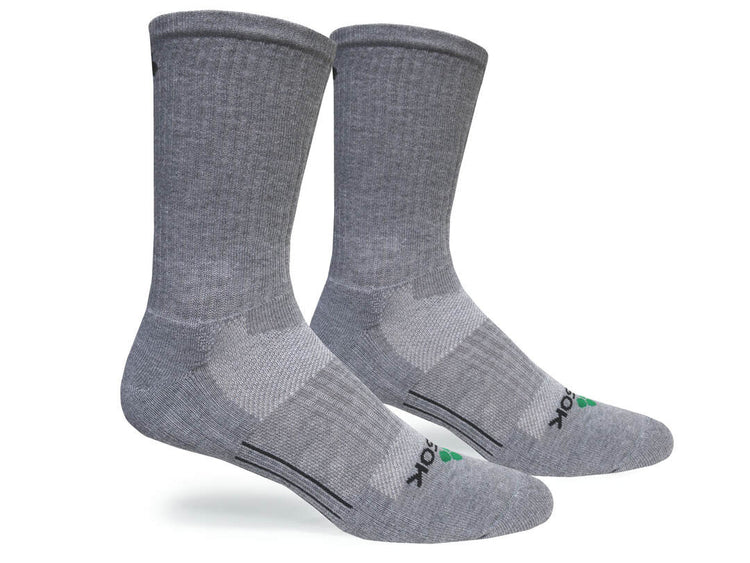
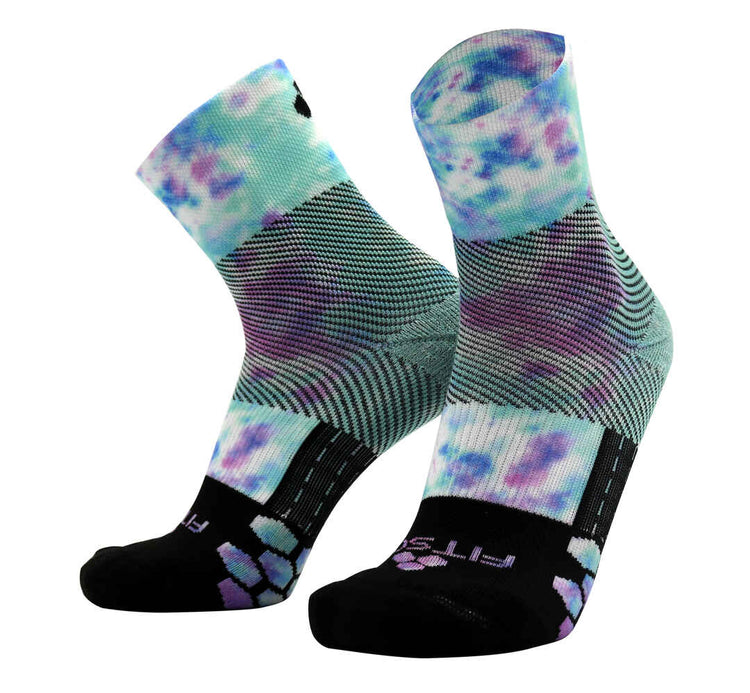
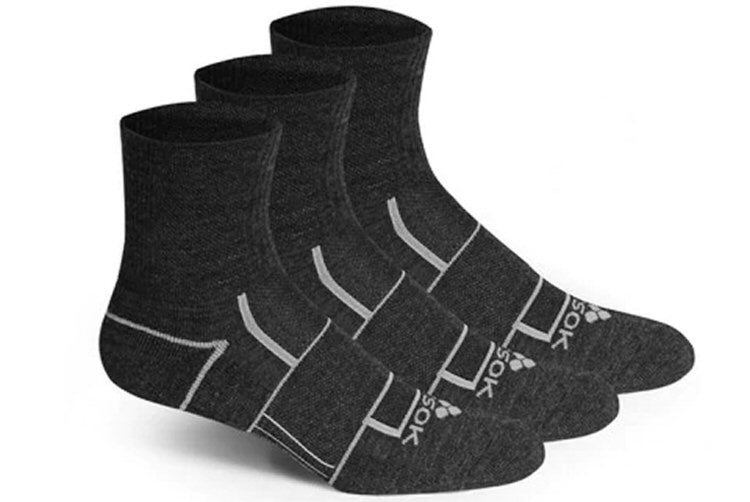
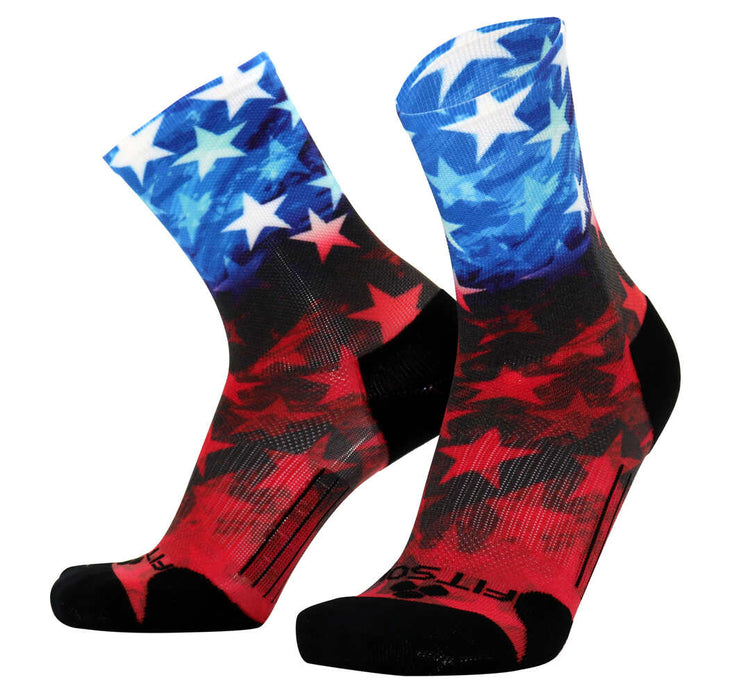
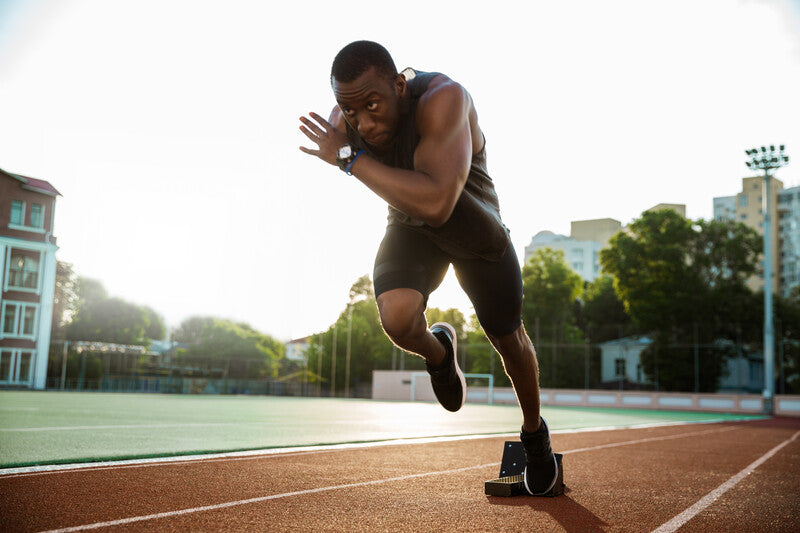
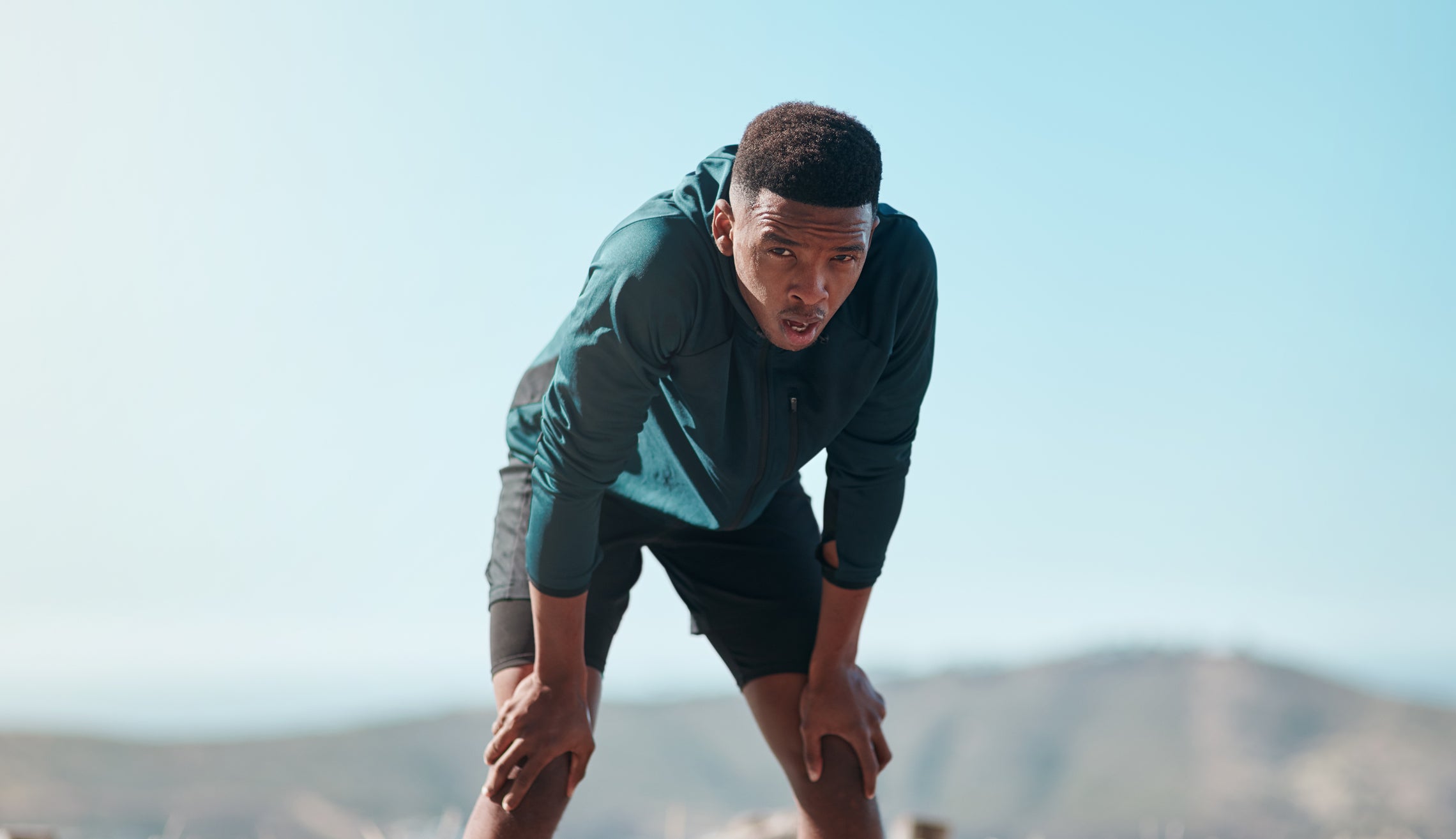
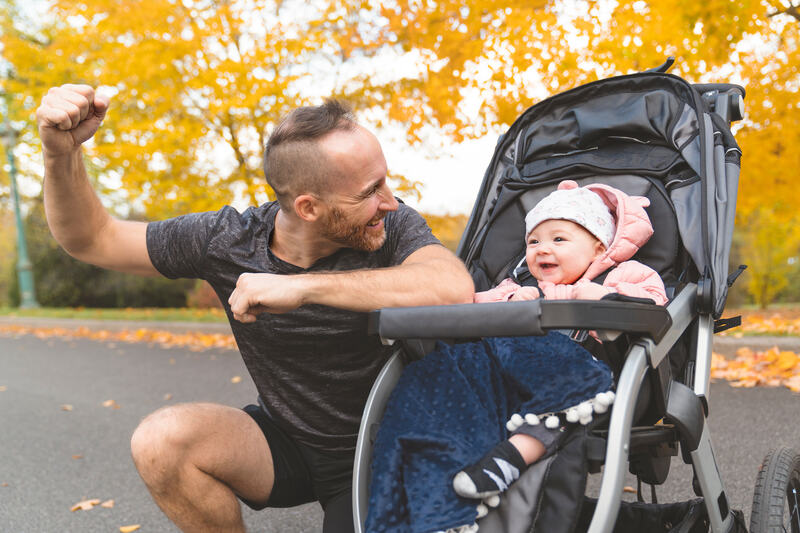
Leave a comment
This site is protected by hCaptcha and the hCaptcha Privacy Policy and Terms of Service apply.